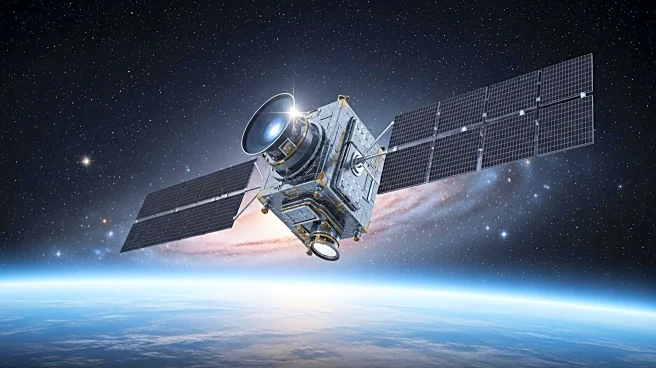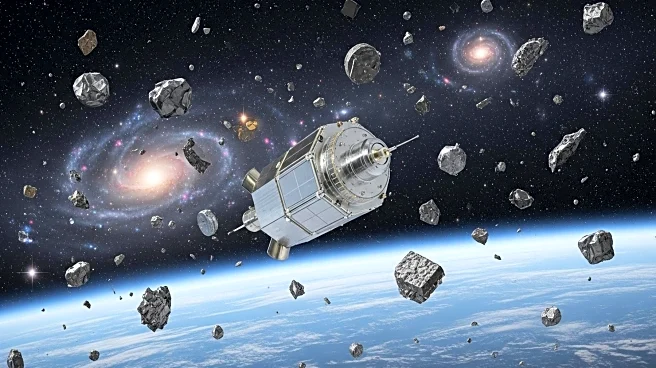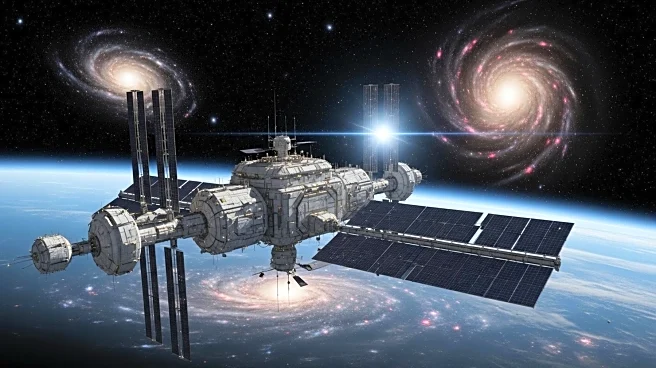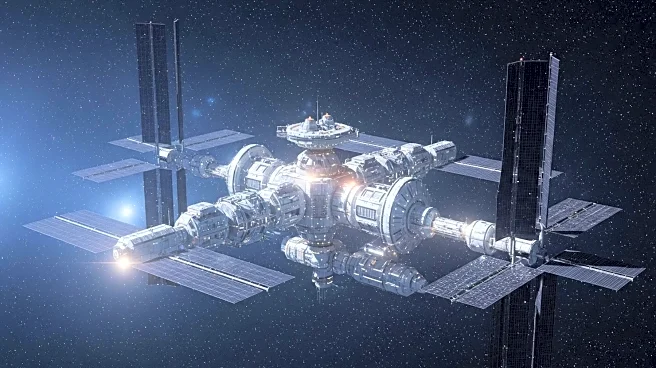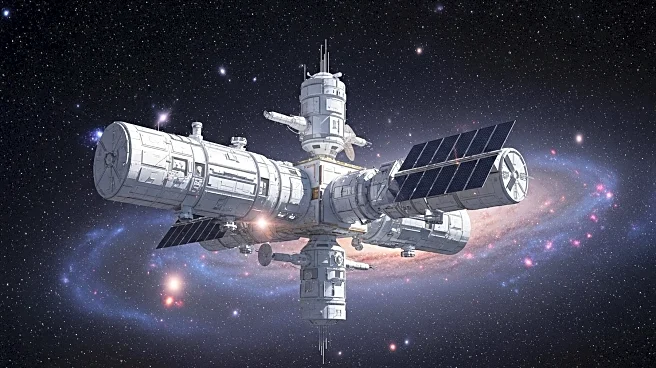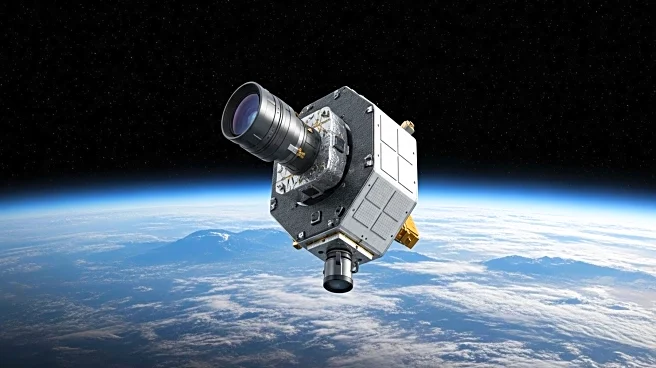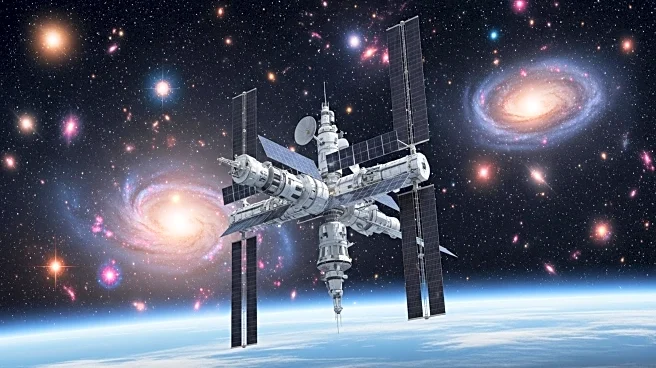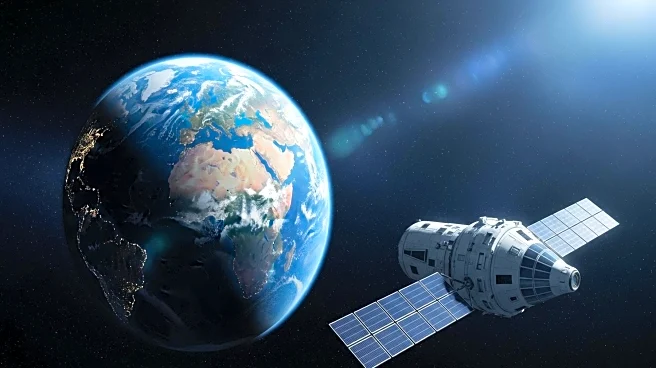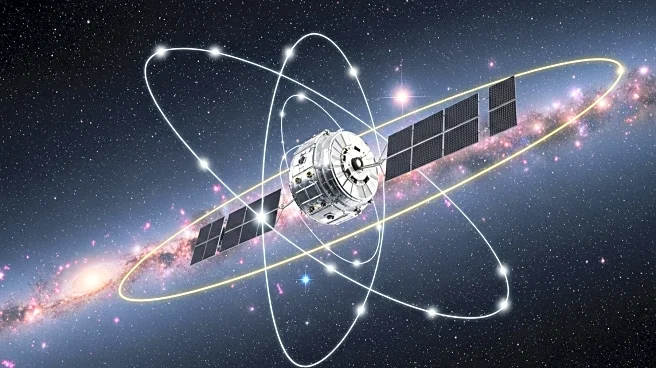What's Happening?
HEO, an Australian company specializing in non-Earth imaging, is expanding its satellite imaging capabilities beyond low Earth orbit. The company, which collaborates with Earth imaging firms to access satellites, aims to monitor higher orbits and even geostationary belts. HEO has conducted 4,000 missions, imaging over 800 spacecraft, including Starlink and Project Kuiper satellites, as well as the Chinese space station Tiangong. The company plans to install cameras on satellites to observe spacecraft at altitudes up to 1,200 kilometers, addressing tensions related to launches at these heights. HEO is also working on imaging asteroids that pass close to Earth, with plans to use GEO satellites for this purpose.
Why It's Important?
HEO's expansion into higher orbit imaging is significant for satellite operators and the broader space industry. By providing detailed imagery, HEO helps operators diagnose and resolve issues with their spacecraft, potentially saving costs and improving mission success rates. The ability to monitor geostationary belts and asteroids could enhance scientific research and resource extraction efforts. This development may also influence international space policy, as monitoring capabilities at higher altitudes could address security concerns related to satellite launches and operations.
What's Next?
HEO plans to begin service in January 2027, with customers already committed to utilizing its expanded imaging capabilities. The company is working with partners to install cameras on spacecraft in monitoring orbits around the geostationary belt. HEO's future plans include imaging asteroids for scientific and resource extraction purposes, with a notable target being the asteroid Apophis, which will pass close to the GEO belt in 2029. This initiative could lead to new collaborations and advancements in space exploration and monitoring technologies.
Beyond the Headlines
HEO's advancements in satellite imaging could have ethical and legal implications, particularly concerning privacy and security in space operations. The ability to monitor spacecraft and asteroids raises questions about the ownership and use of space imagery, as well as the potential for resource extraction from celestial bodies. These developments may prompt discussions on international space law and the regulation of space activities.

